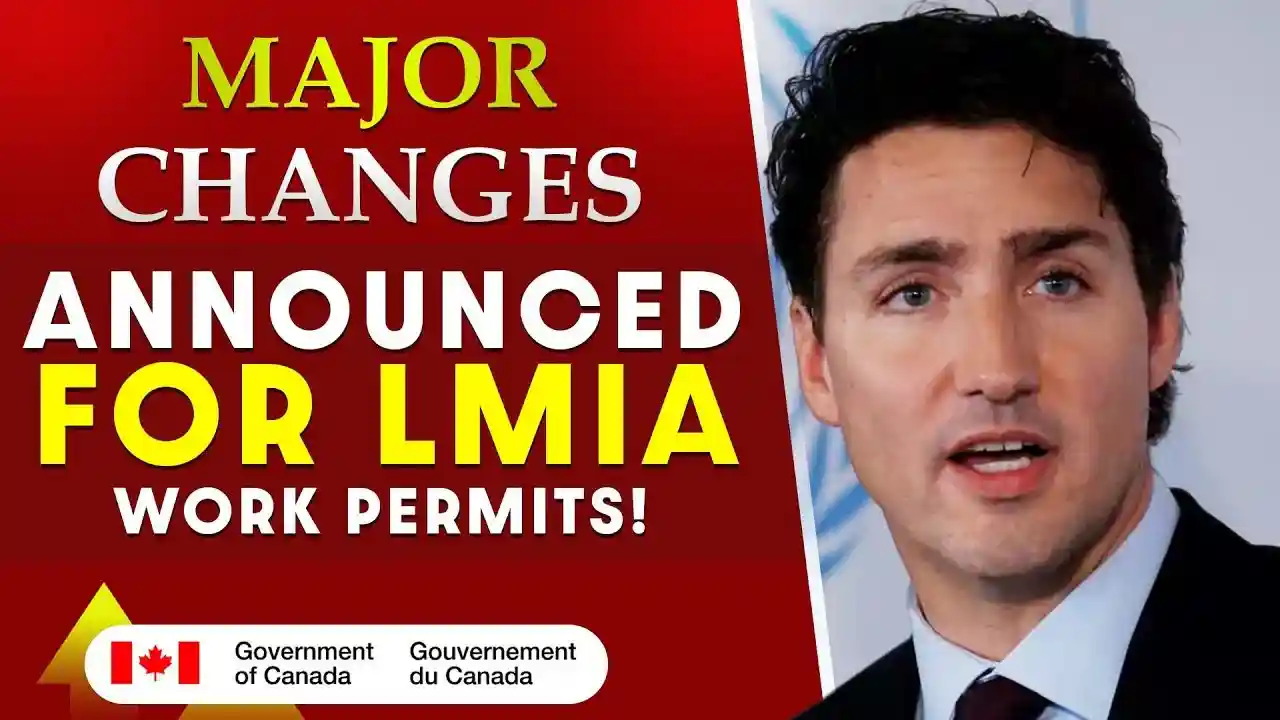What are Lower and Higher skilled Occupations And Their Requirements?
The Requirements For Higher-Skilled Occupations:
To determine the specific level of an occupation the Temporary Foreign Worker Program (TFWP) uses the 2011 edition of the National Occupational Classification (NOC) coding system. Consequently, employers have to find the NOC code of their available position, to ensure they can be applied under the stream for higher-skilled occupations. Once the NOC code that matches has been found, employers can then conclude its skill by looking at the first two digits for the NOC code.
Positions under the stream for higher-skilled occupation are defined as:
Skill Level O:
occupations that start with the digit 0 refer to management occupations and are not connected to a specific skill level but are assigned the skilled type 0.
Skill level A
- University degree (bachelor’s, masters or doctorate)
Skill level B
The entry requirements are:
- 2-3 years of post-secondary education at community college, institute of
- 2-5 years of apprenticeship training; or
- 3-4 years of secondary school and more than 2 years of on-the-job training, occupation specific training courses or specific work experience.
Lower-Skilled Occupations:
The maximum time an employer may be allowed to hire temporary foreign workers is 24 months through stream for lower-skilled occupations where there is an obvious shortage of Canadian citizens and permanent residents. In Canada, lower levels of forma training are defined as occupations that require at least a high school diploma or a maximum of 2 years of job specific training according to the NOC classification system.
Cap On Low- Wage Category Positions:
Offering a wage to TFW employer that’s below the provincial/territorial median wage will be subject to a maximum 105 cap on the portion of low wage TFWs. Employers who use the program with time to transition to a Canadian workforce, the cap will be phased in over the next 2 years for them.
Employers with low wage TFW workforce will be:
- Limited to 30% or frozen at their current level, whichever is lower
- Reduced to 20% beginning July 1, 2015; and
- Further reduced to 10% on July 2016
Transition To A Canadian Workforce:
To reduce their reliance on the TFWs employers have to engage in activities to transition to Canadian workforce. The employer must provide the specific requirements based on the wage being offered for the position, in relations to the provincial territorial medial hourly wage.
Employers who offer a wage to a TFW that is:
- Below the provincial/territorial median is subject to a cap on low wage positions
- AT or above the provincial/territorial median hourly wage will be required to complete a transition plan for high-wage positions.
Transitions Plan For High-Wage Positions:
If a wage to a TFW is at or above the provincial/territorial median hourly wage, they will be required to submit a transitional plan. The purpose of that would be to identify the activities an employer would agree to undertake a recruit, retain and train Canadians/ permanent residents and to help TFWs to become permanent residents, if a encouraging opinion is released, and must happen during the whole duration period.
Employers must report on the outcome of the commitments they have made in their transition plan, if they:
- Are selected for an inspection, or
- Choose to re-apply for a new LMIA for the same occupation and work location
The report on the transition plan will be used to determine whether the employer has met the conditions of their precious applications
If the employer is hiring TFWs for positions that have a limited duration, the employer MAY be exempt. Limited duration between:
- 1-120 days to a maximum of 2 years.
Transition Plan:
Employers have to conduct the required number of activities for each of the categories, as part of their transition plan. These activities include.
- A minimum of 3 different activities to recruit, retain and/or train Canadians/ permanent residents in the profession specified in the application; And
- One additional distinct activity to engage an organization serving underrepresented groups to recognize potential candidates for employment or training. (E.g. immigrant settlement offices, aboriginal, youth, or provincial/territorial unemployment centre’s);
OR
Employer can choose to do one activity, which facilitates the permanent residency of a TFW (e.g. making a permanent job offer)
However, if it was chosen to only to support the permanent residency of a TFW, it will not be preceded. It will be considered that they have not met the requirements of their transition plan and as a result it maybe be found non-compliant.
Latest Immigrations News

October 16, 2024
LMIA: Recent Changes & Required Documents
What is a LMIA? A Labour Market Impact Assessment (LMIA) is a document issued by Employment and Social Development Canada (ESDC) that evaluates the impact of hiring a foreign worker on Canada’s labor market. An LMIA will be required if a Canadian employer wants to hire a foreign [...]

February 29, 2024
Labour Market Impact Assessment Requirements
Labour Market Impact Assessment Requirements The Labour Market Impact Assessment (LMIA) is a crucial step in the Canadian immigration process, particularly for employers seeking to hire foreign workers. To be able to submit a successful LMIA work permit application, you will need to know the Labour Market Impact [...]

April 17, 2019
Labour Market Impact Assessment from the Employer’s Perspective
Hire a Foreign Worker Are you a Canadian company looking to hire a foreign worker to work for your company? Before you can hire the foreign worker, you may need to have a Labour Market Impact Assessment – which is a document that allows you to extend an [...]

Book a Conslutation
One of our Representatives will
assist you with your matter. Book Now!
Click here

Call us for
more Information
+1-416-477-2545
Toll Free: 1-877-820-7121
Click here

Write Us (Online Form)
Complete our form and one of our
Representatives will contact you.
Click here
Subscribe To Our Newsletter


